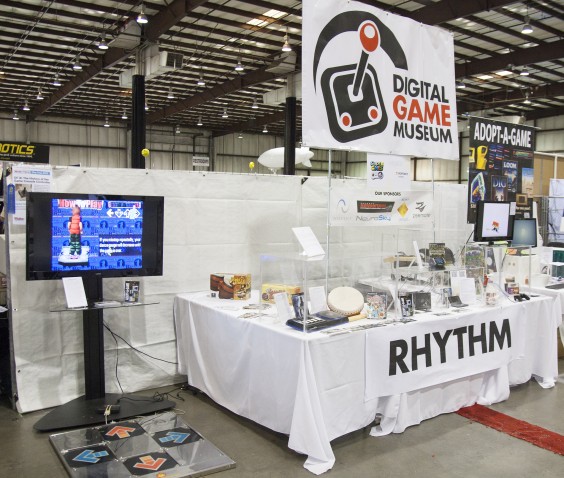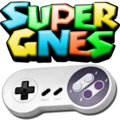Rhythm Games
Welcome to the Rhythm Games exhibit!
Here, we follow the rhythm game from its early origins on games like PaRappa the Rapper through 15 years of experimental controllers and novel gameplay. This exhibit is still under construction, and we plan to add more to it in the months to come.
PaRappa the Rapper: Combining simple rhythm driven game play, unusual graphics with 2-dimensional characters and 3-D backgrounds, and a level about getting to a toilet, PaRappa the Rapper ushered in a golden age of rhythm-based gameplay.
Beatmania: Beatmania started as an arcade machine with a custom controller – five white and black keys reminiscent of piano keys, and a unique “turntable” controller intended to be reminiscent of club DJs.
Dance Dance Revolution: Unlike Beatmania’s complicated five buttons and turntable, Dance Dance Revolution used a simple four-button input system but placed it on the floor, using the player’s feet to work the controller.
Vib-Ribbon: NanaOn-Sha followed their PaRappa the Rapper success with Vib-Ribbon. As rhythm games relied increasingly on custom controllers, Vib-Ribbon stuck to NanaOn-Sha’s roots with a console game using a standard controller.
Taiko no Tatsujin: Hoping to capitalize on the huge Japanese success of their arcade game, Taiko No Tatsujin, Namco has made several attempts to succeed with drum based rhythm games in the Western market.
Frequency: Founded in 1995, Harmonix Music Systems originally intended to create interactive music composition systems. After a series of failures and dead-ends, they researched the burgeoning rhythm game genre in Japan. The resulting game was Frequency.
Guitar Hero: RedOctane saw an opportunity to start a new franchise, inspired by the Japanese GuitarFreaks but in the Western market. Guitar Hero was an instant success and the team immediately began production on a series of sequels.
Osu Tatakae Ouendan! / Elite Beat Agents: Osu! Tatakae! Ouendan! asked the player to touch targets that could appear anywhere on the Nintendo DS’s screen, often forming interesting geometric patterns along with the music-synchronized rhythms.
Finally, this exhibit wouldn’t have been possible without the contributions of our sponsors:
If you’ve enjoyed the exhibit, please consider donating. We need your donations to keep our operations going!




